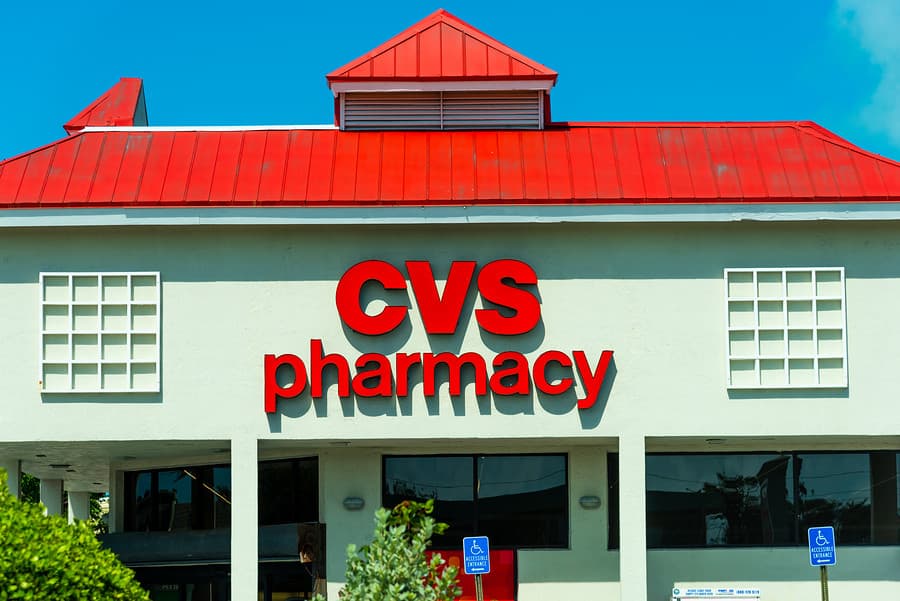“Coronavirus is here, and we need your help.”
With that simple call to action by CVS Health, the company launched an initiative that has become one of the largest job-generating and recruiting efforts for frontline workers during the COVID-19 crisis: 50,000 job openings for full-time, part-time, and temporary employees across the country.
All with one goal: to help fight, and ultimately stop, the spread of COVID-19. It’s a plan that took strategy, agility, technology, precision, and lots of care. Here’s how CVS went about it.
Putting People First
Since the first stateside case of COVID-19 was confirmed in late January, the ripple effect has continued to grow and touch more and more aspects of everyday life. We currently live in a world with almost no business conferences, no travel, no sporting events, no concerts — a massive void has been created, and in its wake, a million more. The hourly and part-time workers who have always been there for us (the concessions workers and bartenders and waitresses and flight attendants, and…the list goes on) suddenly have nowhere to go.
A record-setting 26 million Americans have filed for unemployment claims in the past five weeks. Among those most affected by furloughs and layoffs were those in the hospitality, leisure, and travel industries, from companies like Hilton, Marriott, IHG, Sodexo, and Delta.
All of which led to CVS President and CEO Larry Merlo taking a step back to ask: “What more can we do?”
That question became a swift course of action in the form of a partnership with companies in hardship to quickly transition displaced workers into roles with CVS.
“We noticed early on that there were certain companies being impacted,” explains Jeff Lackey, CVS Health VP of talent acquisition. “And we knew we desperately needed workers to help on the front lines. Companies like Hilton and Marriott are customers and clients of CVS, so with our existing relationships, we started to discuss how we can come together and better fight this common enemy and address its impact on the labor market.”
Consequently, CVS launched a career microsite that served as a personalized invitation to Hilton employees: In other words, CVS’ message about needing help wasn’t just about filling 50,000 jobs. It was about the people who were going to fill them.
How It Happened
The day that CVS went live targeting Hilton workers, careers site traffic increased by 470% over the previous week. CVS also saw 250% more page views than its previous best day this year.
But the most impressive number? Two. As in, the amount of days it took to build the microsite. ‘
“We met with Hilton on a Thursday [March 19] to discuss ways we could partner and support each other, and by 7 a.m. on Monday we had a fully functioning landing page and talent form with people already coming in,” says Kerry Noone, CVS Health director of talent acquisition. “If we were working with an agency on this, it would have taken weeks to implement.”
“I’m blown away that a $250 billion company was able to pivot on a dime and have something like this done in two days,” Lackey adds. “Full credit to our incredible team.”
To execute rapidly, and at the massive scale needed, the CVS talent acquisition team leveraged its candidate relationship management (CRM) platform (in this case, SmashFly) to email almost 5 million people within its network to publicize the hiring initiative and provide valuable resources, like video interviewing tips.
Additionally, from start to finish, the application and interview process that CVS created takes just a few days — and more importantly, it’s incredibly secure. Candidates are prompted to go through a tech-driven assessment, then a virtual interview and job tryout. Once hired, even the orientations are virtual.
CVS has since expanded its initiative and is developing partnerships with companies like Delta, Sodexo, and The Cheesecake Factory.
“It’s an unprecedented time, but it’s also really amazing,” Lackey says. “We have 50 potential partnerships, many of which are supported by a specific talent network form so we can track volume and share data. Eventually, these companies will need their workers back, and we’ll be eager to make that transition happen.”
